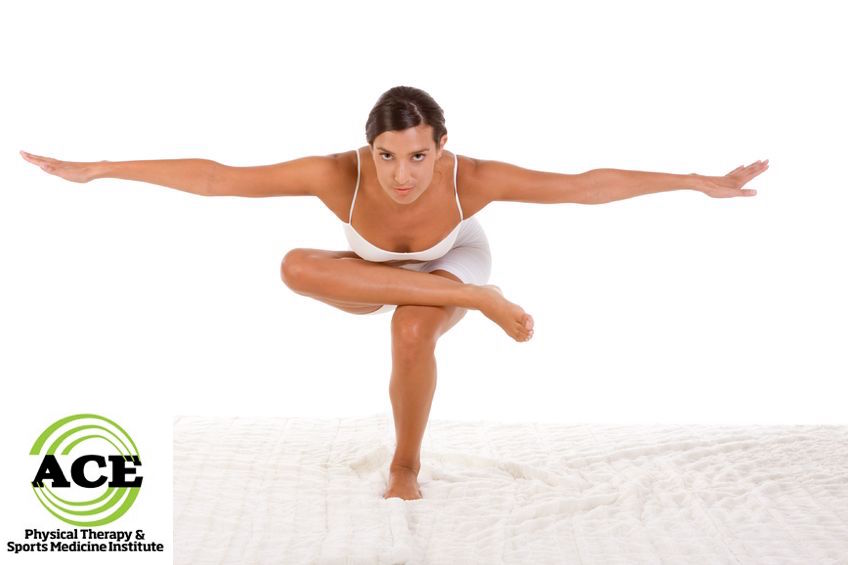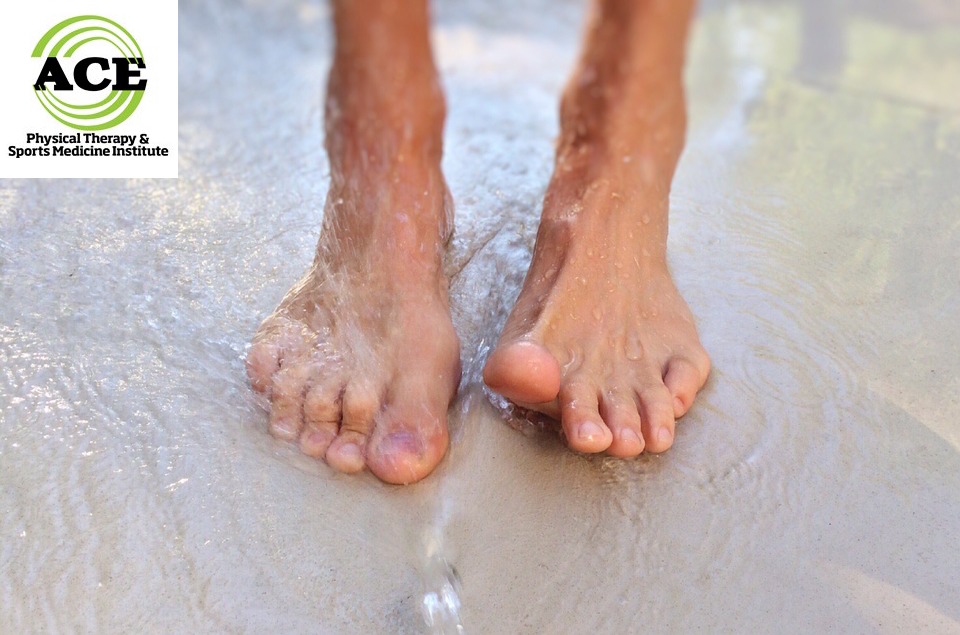INTRINSIC FOOT MUSCLES AND PHYSICAL THERAPY

Tid Bits of Info
- There are 4 layers of intrinsic foot muscles that help to dynamically support the arches of the foot.
- Core and hip strengthening can help to reduce the forces that are placed on the foot during normal daily weight bearing activities.
- Balancing on one foot with your eyes open / closed on stable / unstable (pillow) surfaces can help to develop strength in these muscles.
- Pokémon Go takes into account you geographical location and the distance that you have traveled to get there.
- Seek the advice and treatment of a physical therapist if you develop foot pain.
Every day we stand and walk and use our feet without thinking much about them: unless they are in pain. When we suffer from plantar fasciitis, diabetic neuropathy, or other foot conditions, we are reminded of how much we rely on our feet. Physical Therapists can teach us ways to strengthen and retrain our intrinsic foot muscles in ways that can help address many common foot health issues.
Intrinsic foot muscles provide dynamic foot support, helping to control the speed and amount of pronation and stabilize the arches. People with foot disorders almost always have weak and smaller intrinsic foot muscles. Recent literature supports the idea of spending more time in Physical Therapy treatment sessions retraining and strengthening these small muscles of the foot.
The intrinsic foot muscles are located in the foot itself. They originate and insert within the borders of the foot and do no course beyond it into the ankle or shin area. The intrinsic foot muscles can be found in 4 distinct layers in foot. Most reside on the plantar (bottom) surface, but all of them are involved in toe movement and arch support. These muscles provide dynamic foot support, help to control the speed and amount of pronation and stabilize the arches. People with foot disorders almost always have weak and smaller intrinsic foot muscles.
The recent studies have tried to link weak intrinsic foot muscles with several prominent, frequently occurring foot disorders. People with flat feet or plantar fasciitis might be able to avoid developing foot pain or resolving their symptoms by developing stronger intrinsic foot muscles. There might be a link to diabetic neuropathy and the foot disorders associated with that condition. The disorders have been associated with smaller and weaker intrinsic foot musculature. The studies have measured the total volume of the rear and forefoot and have been able to connect many foot disorders with a smaller volume.
Researchers propose that the smaller volume and weaker foot muscles cannot dynamically support the foot’s arches. This can lead to excessive pronation and cause a “flat” foot or put excess strain on the plantar fascia and lead to damage. In the diabetic foot, many times there is adipose tissue infiltration into the weak and smaller intrinsic muscles and the lack of strength can lead to abnormal foot mechanics. One scenario is the increase in plantar flexion forces on the metatarsal heads which can cause skin break down and ulcers. Unfortunately, the diabetic foot has poor blood flow and the ulcers don’t heal properly which can be a leading cause for the need to amputate the foot and portion of the leg.
The treatment of foot pain should include an aggressive exercise routine that incorporates intrinsic foot muscle strengthening. Physical Therapists are able to help teach and guide patients to a proper exercise routine. The “standard” exercises of towel curling and picking up marbles with the toes might strengthen the calf muscles more than the intrinsic muscles, but they are a good start. Performing “toe spreading and squeezes” will help to exercise most of the intrinsic muscles. One controversial exercise is to have patients run or jog with minimalist shoes or barefoot. Several studies have been supportive of this approach because the results of the studies have shown an increase in foot volume. The increase in volume is linked to an increase in intrinsic muscle size and strength.
When the Physical Therapist prescribes an exercise routine, part of the routine must include strengthening exercises for the hips and core muscles. Control for the entire lower extremity begins with proximal (up) strength of the core and hips. Weakness in these muscles can lead to excessive motion distally (down) throughout the leg and end up causing too much pronation in the foot. The excessive pronation can lead to too much force on the intrinsic muscles and plantar fascia and cause injury.
Seeking the advice and treatment of a Physical Therapist is easier today than ever before because you do not have to go to your doctor first. The Physical Therapist is a licensed, highly educated healthcare professional that is trained in assessing the body’s capabilities to perform all of its physical functions. The therapist will evaluate your posture, gait, range of motion and strength of your core, hips and entire lower extremity. From the findings, the exercise and treatment plan will be designed and implemented and it might include several visits of formal, on-site treatment sessions and most assuredly a home exercise program. The primary goal of the Physical Therapist’s treatment program is to resolve the symptoms, but more importantly correct the true problem that caused the symptoms to occur in the first place.
The smallest muscles of the foot often times get over-looked by many people including healthcare professionals when diagnosing a foot disorder. In most of the conditions that include foot pain as a symptom, the patient has a smaller foot volume in the involved foot which has been linked to weaker intrinsic foot muscles. It seems prudent to include intrinsic foot muscle strengthening exercises for anyone that complains of foot pain. The literature supports the theory of stronger intrinsic foot muscle strength can help to decrease or resolve many of the symptoms that are associated with most of the foot disorders that healthcare professionals treat on a daily basis.


























I like how this article talks about the big picture of strengthening up the chain as well as within the foot. There are so many aspects to strengthening the human body that helps it function as a unit. This article is a good resource that I will be able to use as a young clinician to be reminded of strengthening the entire chain in order to make the entire system function better.